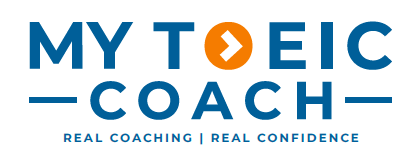✅ TOEIC Trap Spotlight: Both / Either / Neither
How to Pick the Right One in Seconds
TOEIC loves taking simple, everyday words and turning them into high-pressure traps. Both, either, neither are perfect examples.
They look easy. You use them all the time. But in the middle of the test, instinct often wins over accuracy — and that’s when the trap closes.
1️⃣ What Each One Really Means
Both → 2 things, and it’s true for both
Both Hiroshi and Ken passed the test.
Both answers are correct.
📌 Always refers to 2 items and takes a plural verb.
Either → 1 of 2, not both
You can take either the train or the bus.
Either option is fine.
📌 Means “pick one.” Usually takes a singular verb.
Neither → 0 out of 2
Neither explanation made sense.
Neither choice was correct.
📌 Means “not this one, not the other.” Usually takes a singular verb.
2️⃣ TOEIC-Style Practice
Q1. Both of the reports ___ finished yesterday.
(A) was
(B) were
(C) is
(D) are
✅ Answer: (B) were — “Both” = plural.
Q2. You may choose ___ the soup or the salad — not both.
(A) both
(B) neither
(C) either
(D) all
✅ Answer: (C) either — “Either… or…” = pick one.
Q3. I asked two people for help. ___ of them knew the answer.
(A) Both
(B) Neither
(C) Either
(D) None
✅ Answer: (B) neither — 0 out of 2.
Q4. ___ option is fine for tomorrow’s meeting.
(A) Both
(B) Either
(C) Neither
(D) All
✅ Answer: (B) either — One of the two options is okay.
3️⃣ Quick Visual to Lock It In
Both = ✅✅ (two things, both accepted)
Either = ✅❌ (one of two)
Neither = ❌❌ (none of two)
📌 Strategy / Takeaway
Both = 2 things, plural form.
Either = 1 of 2, singular form.
Neither = 0 of 2, singular form.
Match the meaning to the situation before answering — not just what “feels” right.
Golden Rule:
On TOEIC, “both” = 2, “either” = 1, “neither” = 0. If you feel rushed, picture the ✅ or ❌ chart in your head.
Final Word
These words are short and familiar, but TOEIC uses them to punish quick guesses. Train your reflex until the right choice feels automatic — then you’ll beat one of the test’s easiest-looking traps.
For more strategies and resources to master TOEIC quantity-word traps, visit the English Library Collection and start locking in both/either/neither confidence today.

